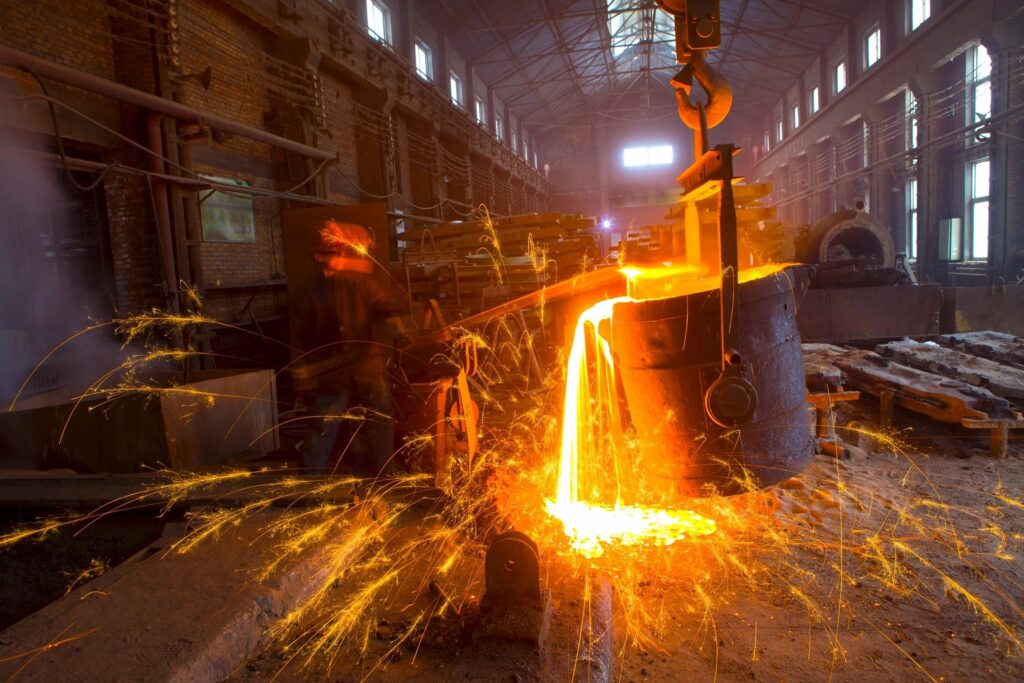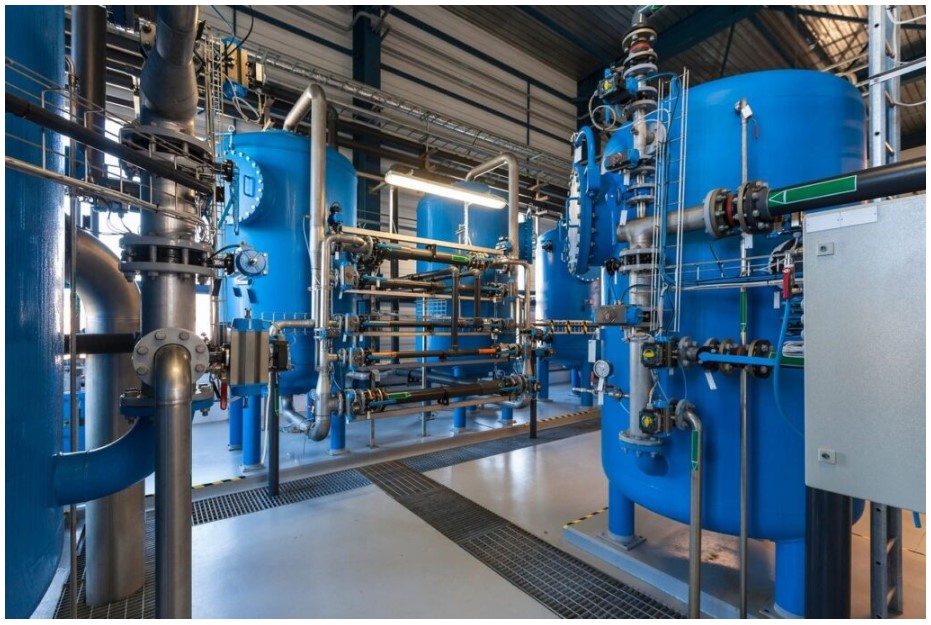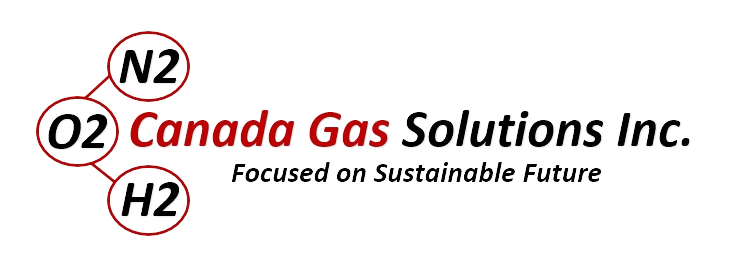
Heat treatment processes play a crucial role in various industries, from automotive to aerospace, ensuring the durability, strength, and performance of materials. Among the numerous methods employed, the use of nitrogen gas has become increasingly prevalent due to its inert properties and ability to create controlled atmospheres essential for heat treatment. However, traditional nitrogen gas sourcing methods, such as cylinder delivery or bulk liquid nitrogen tank, can pose logistical challenges and incur high costs. In response, on-site nitrogen gas generating systems have emerged as a highly efficient and cost-effective alternative, offering numerous benefits to industries reliant on heat treatment processes.
Understanding heat treatment processes with Nitrogen Gas:
Nitrogen gas is a preferred choice for heat treatment processes due to its non-reactive nature, preventing oxidation and minimizing distortion of treated materials. In heat treatment applications, nitrogen gas is utilized for processes such as annealing, hardening, and sintering, where precise control of temperature and atmosphere is paramount to achieving desired material properties.
Annealing: Annealing involves heating materials to specific temperatures and then cooling them slowly to relieve internal stresses and improve ductility. Nitrogen gas helps prevent oxidation during this process, preserving the material’s surface integrity.
Hardening: In hardening processes, materials are heated to critical temperatures and then rapidly cooled to increase their hardness and strength. Nitrogen gas aids in quenching, ensuring uniform cooling and preventing surface irregularities caused by oxidation.
Sintering: Sintering involves compacting and heating powdered materials to form solid objects. Nitrogen gas creates an oxygen-free environment necessary for sintering, enabling precise control over the final product’s properties.
The Role of On-Site Nitrogen Gas Generation:

On-site nitrogen gas generation systems offer a streamlined solution for industries engaged in heat treatment processes. Instead of relying on traditional methods like cylinder delivery, which entail logistical complexities and supply chain uncertainties, on-site generation systems produce nitrogen gas directly at the point of use. This not only reduces dependency on external suppliers but also provides greater flexibility and control over nitrogen gas availability.
Continuous Supply: On-site nitrogen gas generation ensures a continuous and reliable nitrogen supply, eliminating the risk of process interruptions associated with cylinder changes and delivery delays. This continuous supply enhances operational efficiency and minimizes downtime, ultimately optimizing production output.
Cost Efficiency: One of the primary advantages of on-site nitrogen gas generation is its cost-effectiveness compared to traditional sourcing methods. While cylinder delivery involves recurring rental fees, transportation costs, and cylinder handling expenses, on-site generation systems operate on a pay-as-you-go model, significantly reducing overall nitrogen gas procurement expenses over time.
Customization & Scalability: On-site nitrogen generation systems can be tailored to meet specific process requirements, allowing for precise control over nitrogen purity levels, flow rates, and pressure. Moreover, these systems offer scalability, enabling businesses to adjust nitrogen production capacity according to fluctuating demand without incurring additional costs associated with equipment upgrades or rentals.
Return on Investment (ROI) Analysis:

Investing in on-site nitrogen gas generation entails upfront capital expenditure, but the long-term benefits outweigh the initial costs. Conducting a comprehensive ROI analysis can provide insights into the financial viability of transitioning to on-site nitrogen generation systems for heat treatment processes.
Cost Savings: Calculate the total cost savings achieved through reduced nitrogen procurement expenses, including cylinder rental fees, transportation costs, and associated labor expenses.
Operational Efficiency: Evaluate the impact of on-site nitrogen generation on operational efficiency by assessing reductions in downtime, increased production output, and improved process reliability.
Resource Optimization: Analyze the optimization of resources, such as labor and storage space, resulting from the transition to on-site nitrogen generation.
Environmental Impact: Consider the environmental benefits of on-site nitrogen generation, such as reduced carbon emissions associated with transportation and minimized cylinder waste.
By quantifying these factors and comparing them against the initial investment required for implementing on-site nitrogen generation, businesses can determine the ROI and make informed decisions regarding the adoption of this technology.
On-site nitrogen gas generation systems offer a compelling solution for industries engaged in heat treatment processes, providing continuous nitrogen supply, cost efficiency, and operational flexibility. By leveraging on-site generation technology, businesses can enhance process reliability, optimize resource utilization, and achieve significant cost savings over time. Through a thorough ROI analysis, companies can assess the financial viability of transitioning to on-site nitrogen generation and unlock the full potential of their heat treatment operations in the pursuit of efficiency and competitiveness.
Enquire Now

